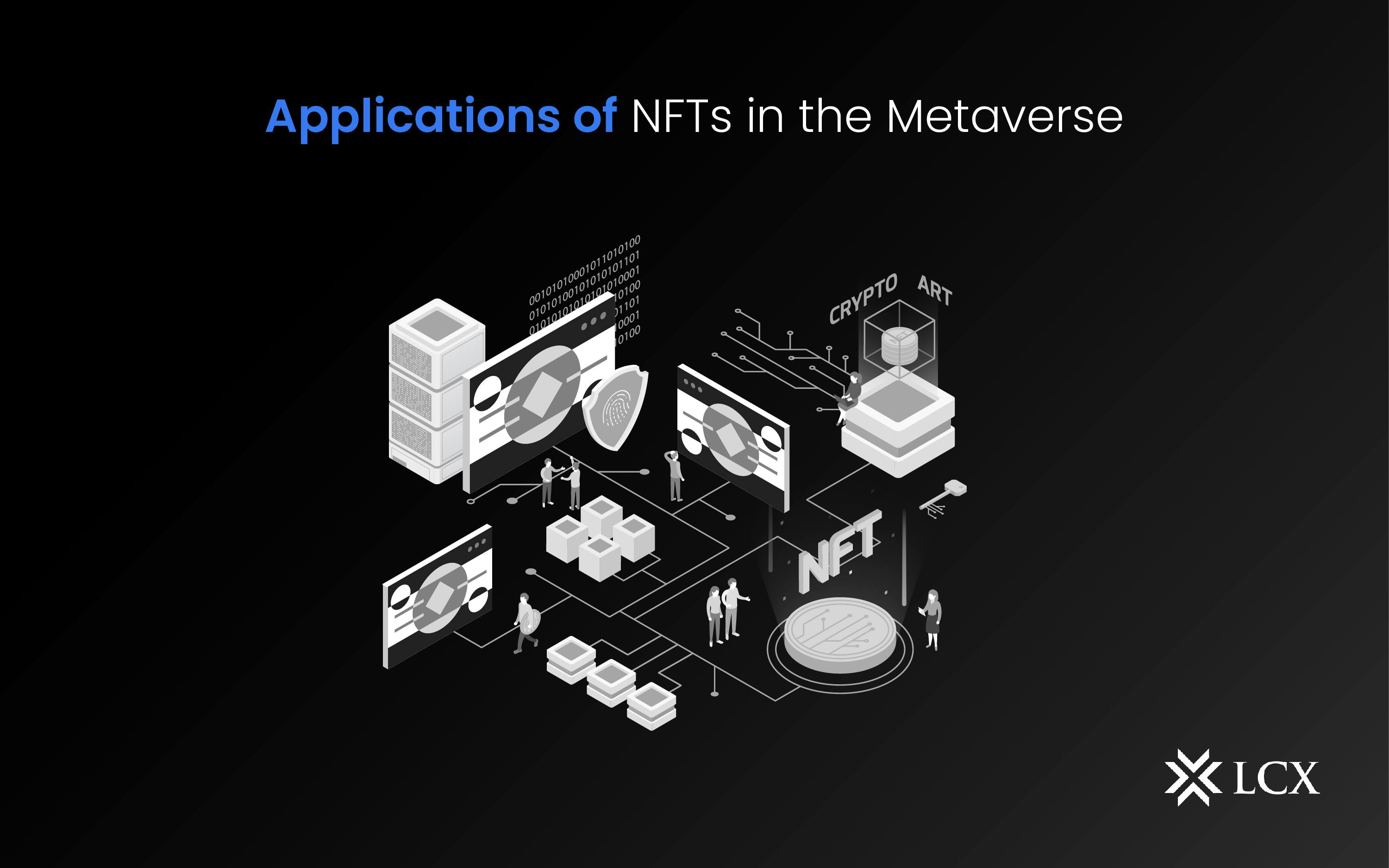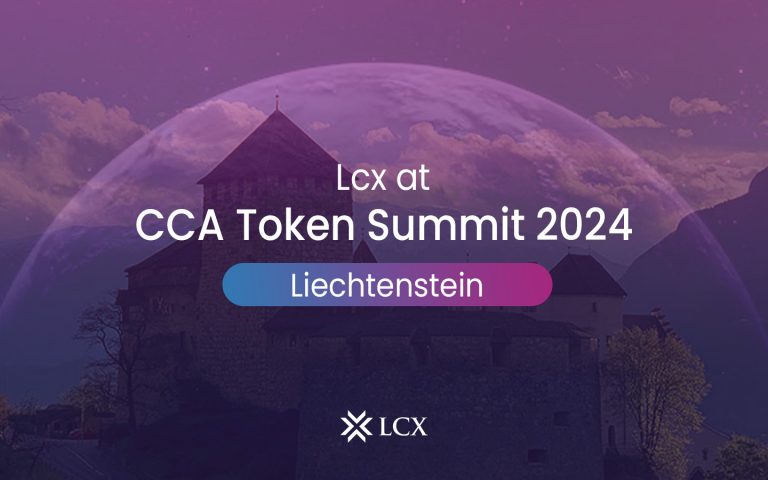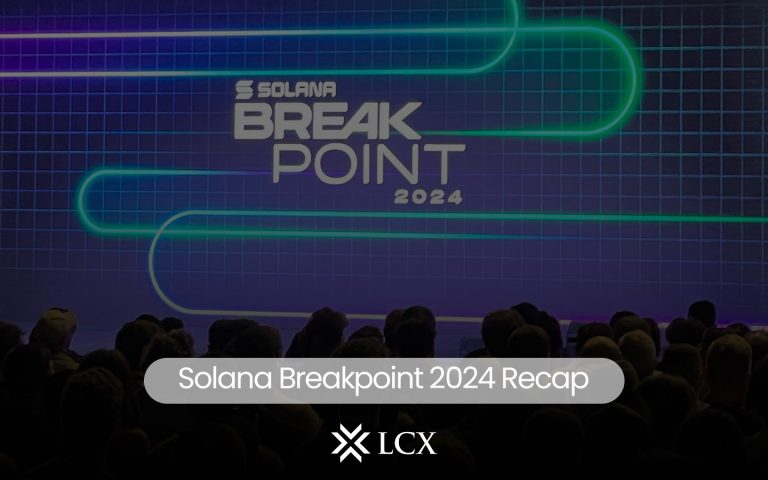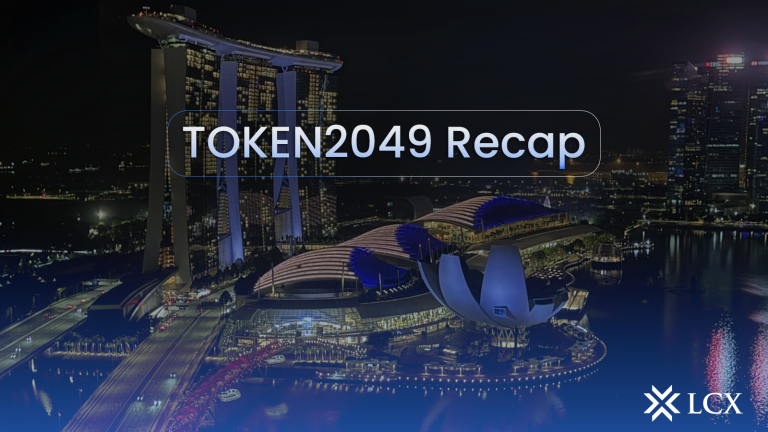The integration of NFTs in the metaverse is a fundamental aspect of the dynamic virtual world. Digital tokens provide a means to tokenize and monetize digital activity in the metaverse. The non-fungible tokens can also be used for identification and control of access.
NFT owners can acquire real estate or objects within the metaverse. Users can even acquire tokens that grant them significant exposure to certain sections of the metaverse. Holders of non-fungible tokens also have the unique potential to benefit by exchanging them with other digital world users. It makes the metaverse experience more immersive.
Video games offer players an interesting opportunity to interact with a virtual world and will soon be incorporated into numerous parts of the metaverse’s existence. The rise of blockchain-based gaming has demonstrated that these tokens can be used as currency in these environments. The underlying technology continues to evolve and be embraced by an increasing number of individuals in a variety of industries and sectors.
Use Cases of NFTs in the Metaverse
Blockchain Gaming
NFTs have gained popularity in the gaming industry as a result of their capacity to prove ownership of digital assets and develop a market for trading them. By incorporating these tokens into gaming settings, developers can provide new methods for players to interact with their game and earn incentives.
How NFTs will integrate into the evolution of the metaverse is one of the most interesting potential for these assets. Virtual games will play a vital role in the evolution of the metaverse, implying that these unique digital tokens play an important function in the virtual universe.
Virtual Marketplaces for Digital Assets
Non-fungible tokens are ideal for virtual marketplaces because they provide a secure and reliable method for users to purchase and sell digital assets. They are able to be utilized to create unique, limited-edition objects exclusive to a particular virtual environment or game. This means that a group of individuals who collect these tokens and trade them for the rarest items has the potential to emerge.
Non-fungible tokens also give an extra level of safety to digital assets, as only the token’s owner can access the asset. NFTs can be created by developers and traded for other digital currencies and tokens. Since they offer exclusivity, ownership, and control that do not exist with any other sort of cash or asset, these tokens are exceedingly valuable due to their unique and limited nature.
Art Galleries
NFTs provide a unique method for artists to display their creations in the virtual world. They allow users to purchase, sell, and mortgage digital art shown in virtual galleries. In addition, they provide a safe, accessible method for artists to accept payment directly from their fans, without the involvement of a third party.
By displaying tokens in virtual galleries, artists can exhibit their work and investigate the possibility of collaborating with other artists. Digital tokens replicate the experience of touring a physical gallery in the digital realm. Here, visitors can engage with artworks using a variety of tools, including 3D modeling, soundtracks, and text overlays. This allows individuals to encounter digital art far more closely than in a real exhibition.
Social and Community Experiences
In the metaverse, non-fungible tokens can be utilized as digital identities that represent people and enable their communication. These can also serve as tickets or identification badges for other events, such as workshops or concerts. As they symbolize each participant’s presence at the event, these occasions could become more captivating and engaging.
Furthermore, digital asset use cases can revolutionize metaverse community experiences. These could enable people to build digital assets that reflect their passions and hobbies. They include virtual art collections and unique prizes for metaverse-based accomplishments and objectives. These awards could encourage community participation and cooperation.
Moreover, these use cases have the potential to change social experiences within the Metaverse. These currencies will power digital identities for users on blockchain-based services such as chat rooms and forums. This assures that user data saved on blockchain-enabled networks cannot be altered. Its increased security enables users to establish confidence much more quickly than before while maintaining their anonymity.
Virtual Real Estate
NFTs offer a secure method for purchasing, trading, and storing virtual land and structures within the metaverse. They cannot be duplicated or counterfeited, making them ideal for reflecting virtual property.
Non-fungible tokens enable enforceable ownership rights in the digital realm. Unlike traditional land sales, in which all purchasers must endure a complex legal process, ownership of digital assets is immediate.
Conclusion
Non-fungible tokens are rapidly gaining prominence in the metaverse. They provide a secure and distinctive method for buying, selling, storing, and interacting with digital assets in the virtual world. Whether it be artwork, communal experiences, or virtual real estate, NFTs confer ownership rights to users within the metaverse. As more people explore the potential of their use cases in 2023, we will certainly see a rise in the number of sectors adopting this technology.









